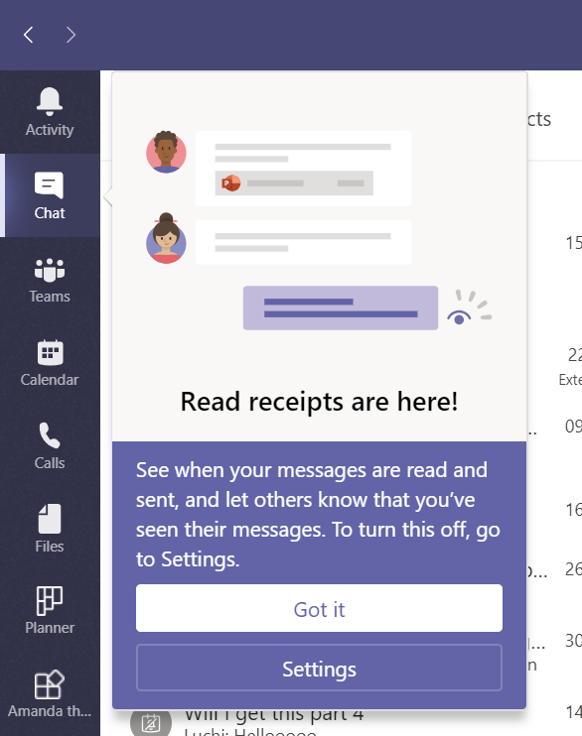

I considered using the Exchange 2007 Export-Mailbox cmdlet for this task, but decided to just use Outlook instead since I was already planning to use Outlook to take a look at some of the items before I deleted them. So my next task was to delete the email content that was no longer needed. Side Note – keep an eye on your “large mailboxes” reports and you’ll often find these generic mailboxes that get set up as a place to catch copies of email “just in case” it is needed some time in the future. We agreed to delete everything older than 6 months, just to be safe. So more than 2 years and 300,000 items in there were not required. So I tracked down an owner of the mailbox to discuss options for removing some of the older items.Īs it turns out they didn’t really need to keep any of the items in that mailbox that were older than about 30 days. The mailbox was too large to move without risking filling up the transaction log volume on the destination server. The scenario begins with a mailbox migration project, in which I encountered a very large mailbox. In this article I want to share one such example that happened to me under a specific set of conditions.
Read receipts how to#
I often share real world examples of problems or scenarios that you might encounter with Microsoft Exchange Server, and how to avoid or resolve them.


 0 kommentar(er)
0 kommentar(er)
